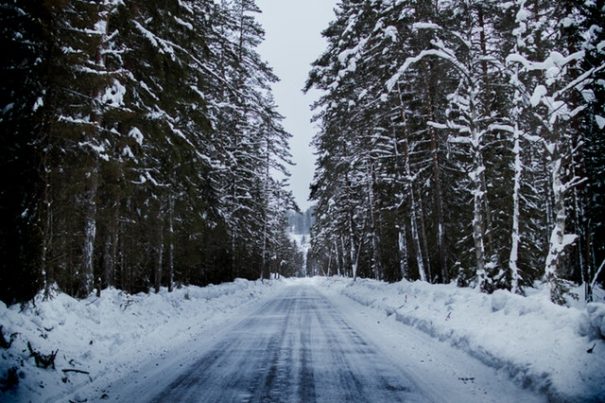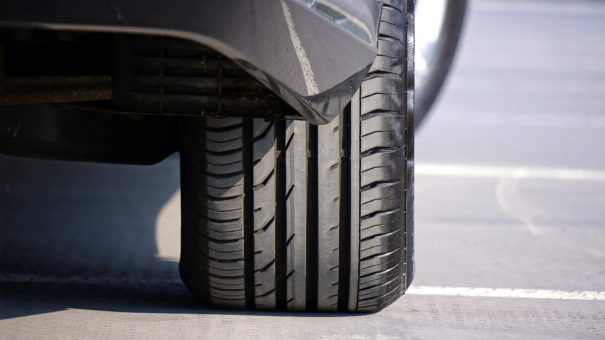
Winter is beautiful, evocative, worth enjoying and can often be one of the coziest times of the year. It can bring with it some need for caution, however. Driving on winter roads is often one of these cautionary practices we need to take care of. Ensuring each trip goes smoothly is not only a good and wise idea to routinely appreciate, but can make you a better driver. Sometimes even ten minutes of extra preparation before a long car journey can give us the tools to enjoy this period of our day with much more comfort, and this example illustrates that the time and patience you put into remaining the most responsible road user often pays off. Even if it doesn’t pay off, it must be followed.
Winter is here, so it pays to think about this kind of thing right now. We’d recommend the following attitudes if you hope to take care of your driving experience over the remaining couple of cold months in the best manner possible. Consider:
Vehicle Maintenance
You need to ensure your vehicle is running well before you even begin to consider taking it out. Checking the tire tread for grip, topping up the fuel well in advance, ensuring your stocks of de-icer are filled and your winter car survival kit is catered for can be essential. Scraping ice from the headlights, ensuring you have the best vision through your windscreen, and ensuring always that your lights aren’t on when driving (it can be hard to tell in the bright reflective snow) can mean all the difference in the long run.
Storage
Storage can be an extremely important method of keeping your belongings away from the colder weather. Motorbike storage can be an essentially important method of keeping your vehicle safe from the cold weather, and to dissuade you from driving it on the ice roads, which can very often lead to an accident. Sometimes, it’s just the wiser choice not to travel in these conditions.
You may also decide that storing your vehicle in your garage is more important than leaving it on the driveway as you usually would. This can not only help you avoid the time spent scraping ice from your vehicle in the morning but can help you warm up the engine of the vehicle competently in a fraction of the time that it might have taken otherwise.
Route Planning
Whenever you head anywhere in your vehicle or by foot, be sure to plan your journey appropriately. Ensure you know where you’re going, and any issues that might occur. Check weather and traffic reports. Give yourself more time to get to work and return from it. Do your best to defensively drive, and never drive if drowsy in the winter conditions, because this can often lead to a much-heightened risk of an accident.
Try to stick to the main, arterial roads where you can. This might put you in contact with more traffic, but often more traffic isn’t too bad in winter. It can slow down the roads, which is a good thing. It can make the entire road procession more visible. But most of all, more traffic on the roads means more melted ice, more road salting and a safer journey for all. Just be sure to keep twice your usual distance from the vehicle in front, and don’t be afraid to use your horn if necessary.
Completely Aware
Winter driving cannot be approached with the same level of awareness as a comfortable drive through the warm summer roads. You need to be much more aware of your surroundings. Any car has the potential of spinning out due to black ice, of stopping much later than intended even if slamming on the breaks, taking a wider arc when trying to turn. In other words, the drivers around you, even if competent, now have the danger of becoming a momentary dangerous drier through an unfortunate road circumstance that crops up unexpectedly, or perhaps underestimating the focus of winter on the roads.
Many of us can say that we have been affected by black ice once upon a time, or perhaps felt less in control of our vehicle when turning in a snow-laden environment. While you must do your utmost to ensure this doesn’t happen to you and your presence on the road, you cannot be naive enough to think that this won’t happen, or that you won’t see a nearby driver going through the same difficulty. For this reason, ensuring you are fully awake, well fed, well rested, and completely sober (we’re talking about not even allowing 1% of a hangover to be with you,) is essential.
With these tips, you’re sure to ensure each drive goes smoothly.
[ad]


